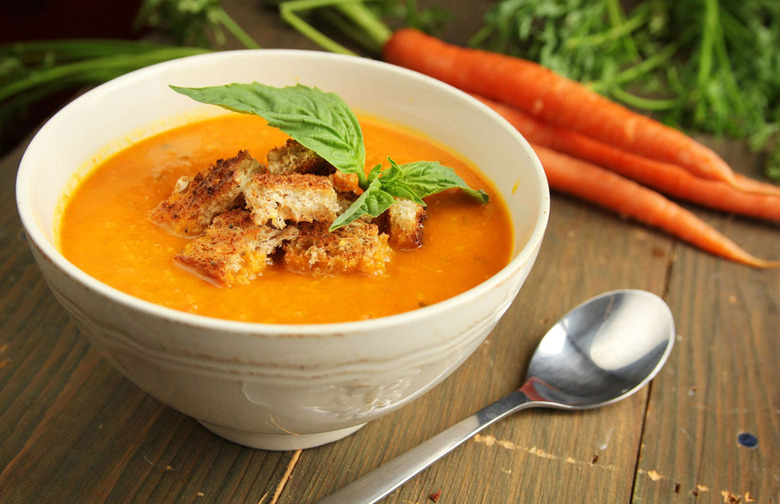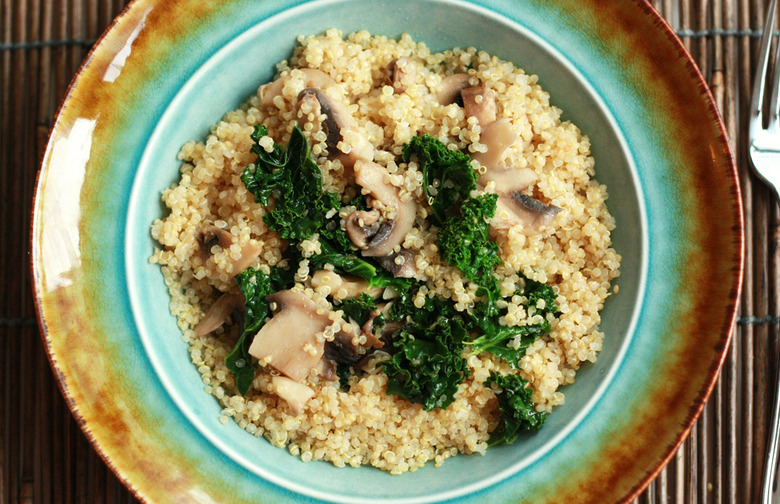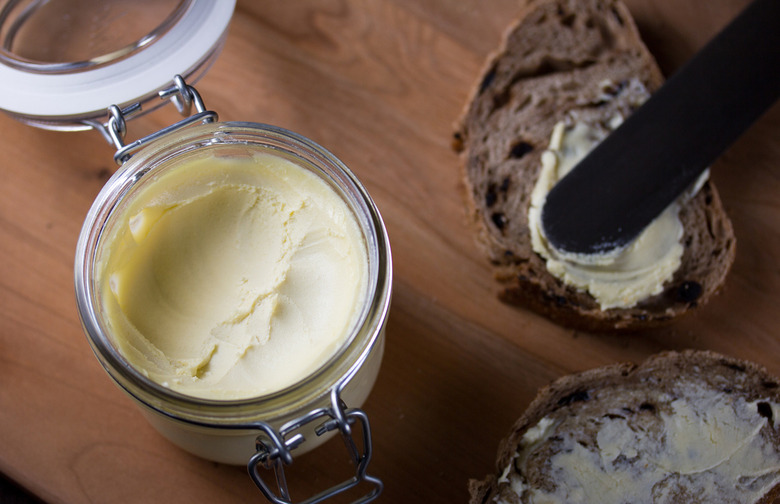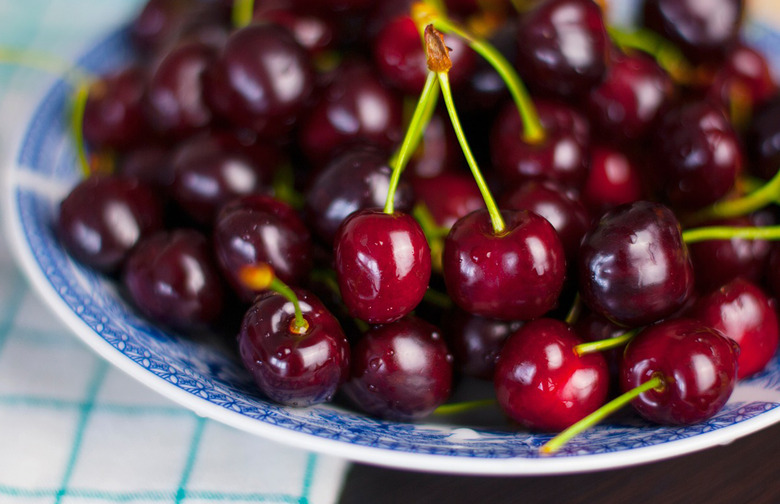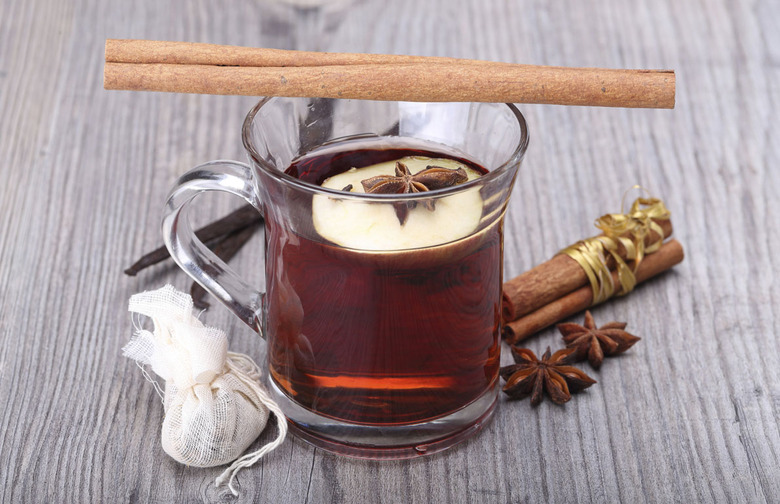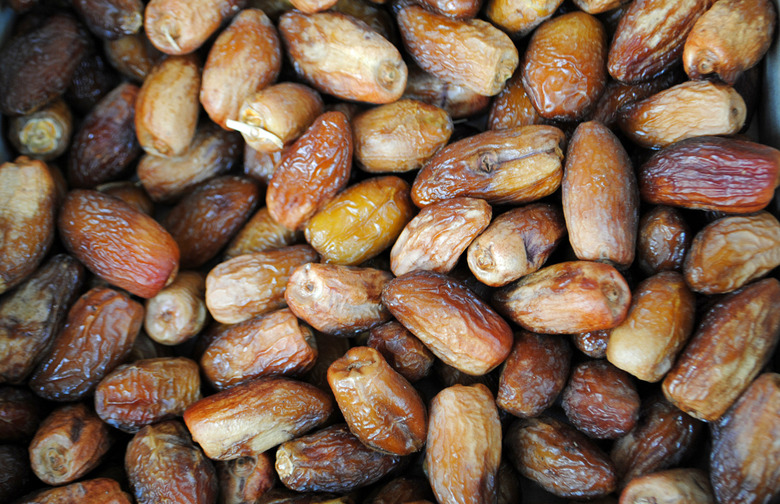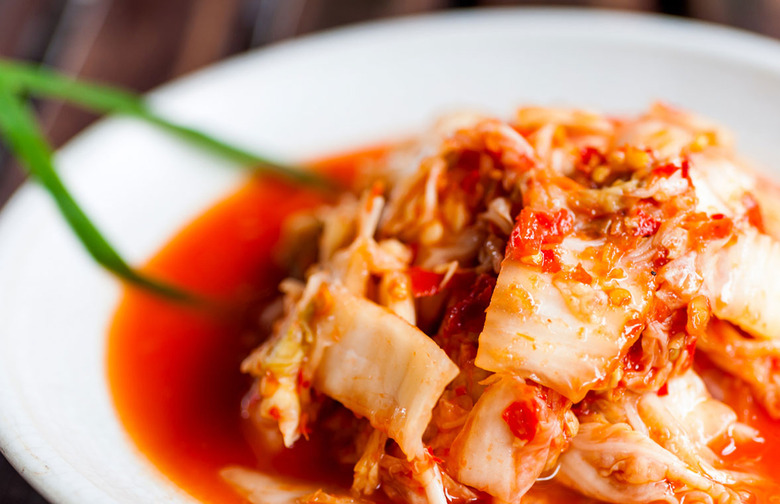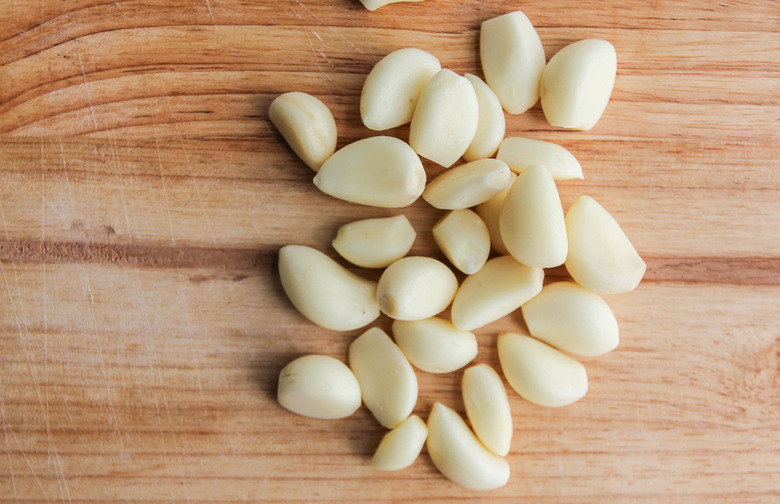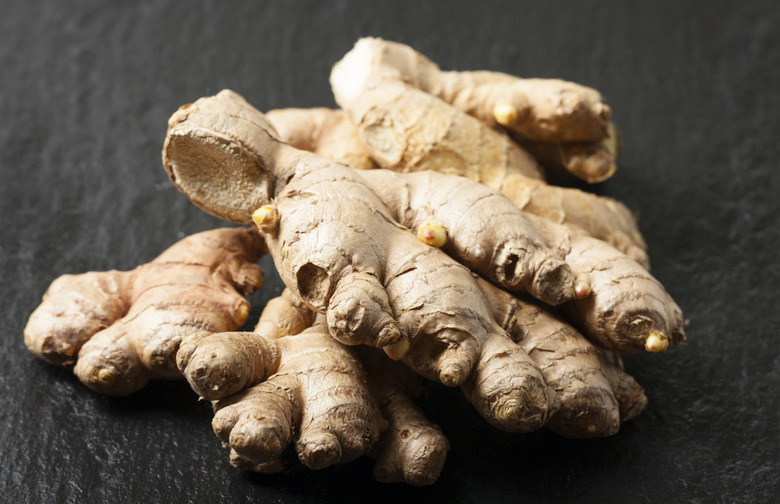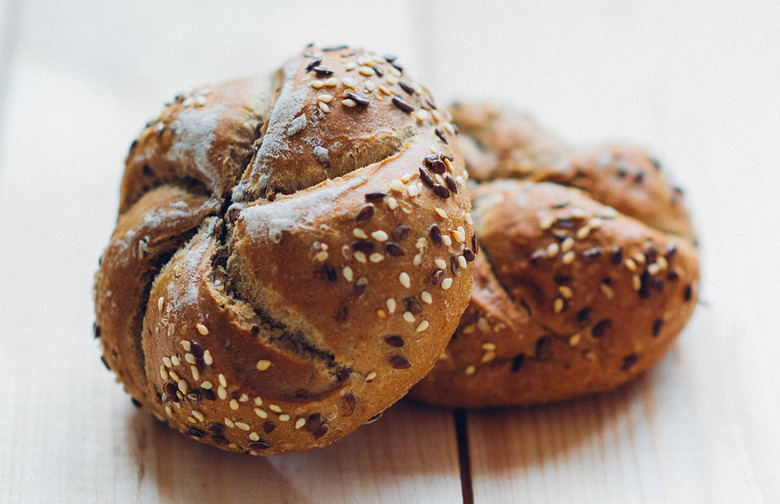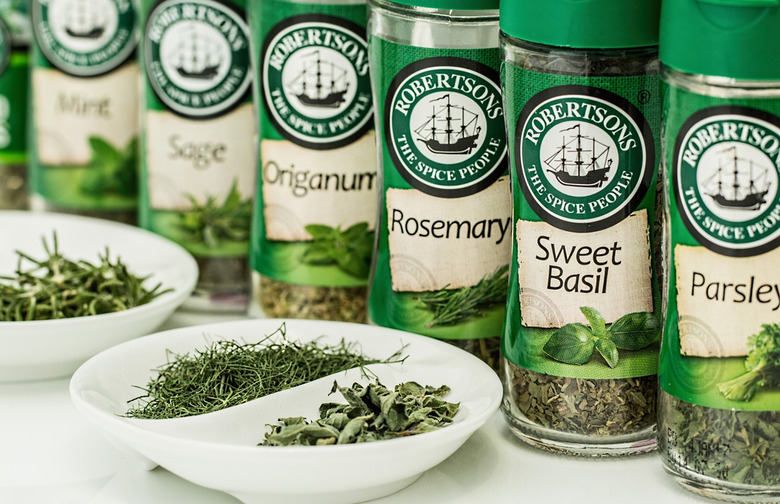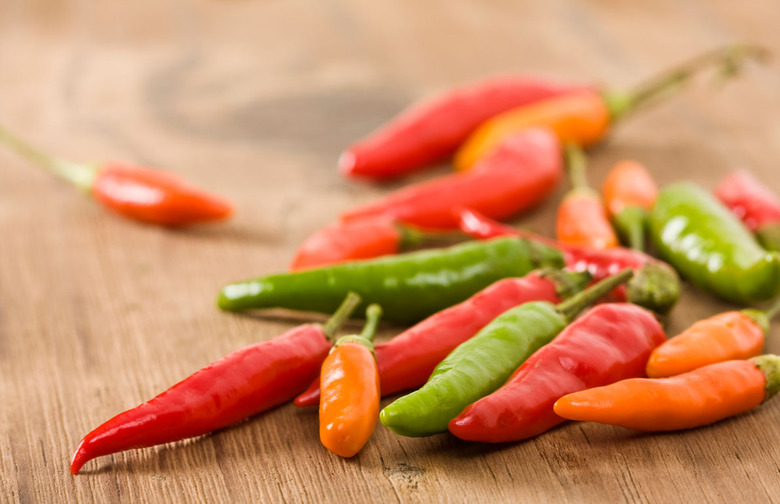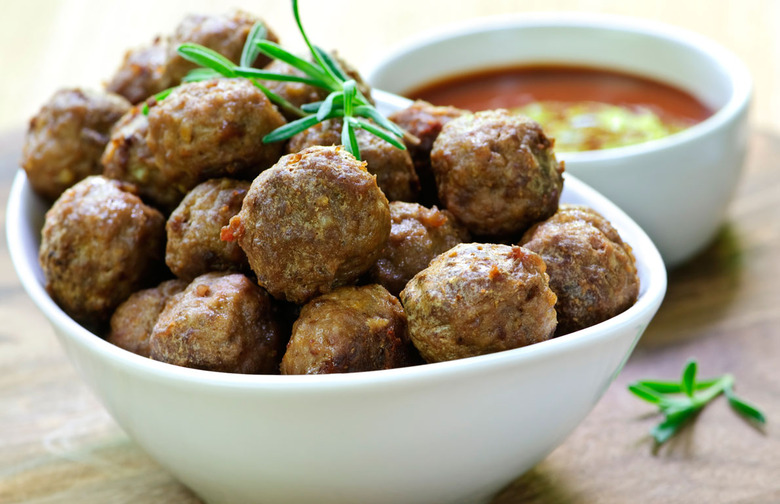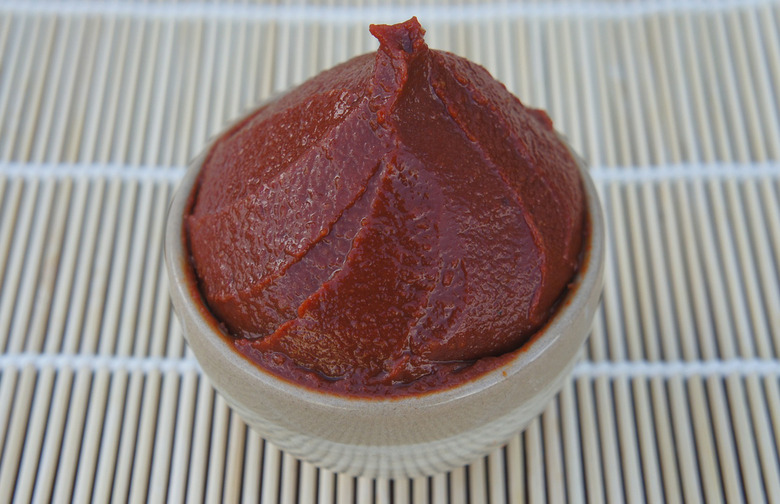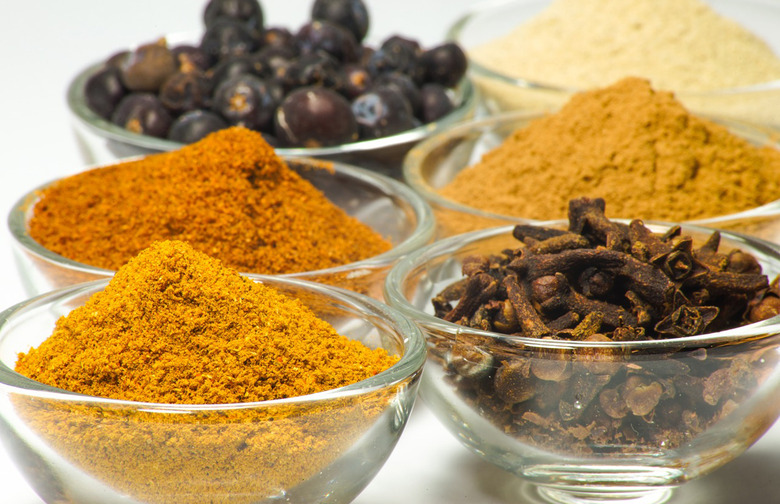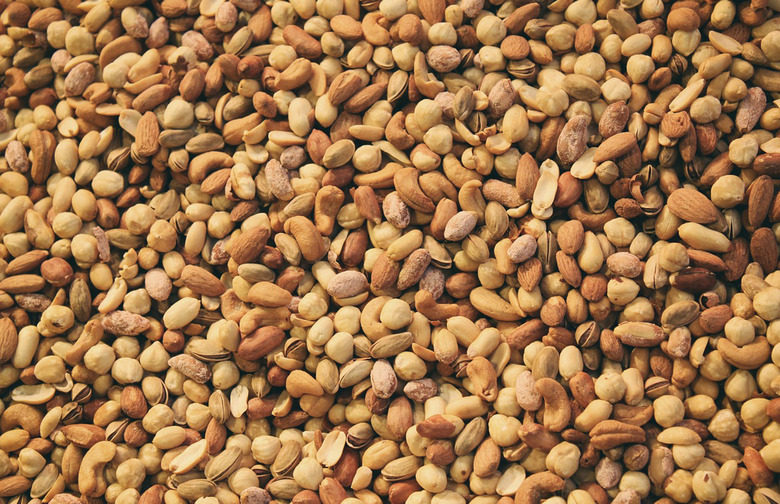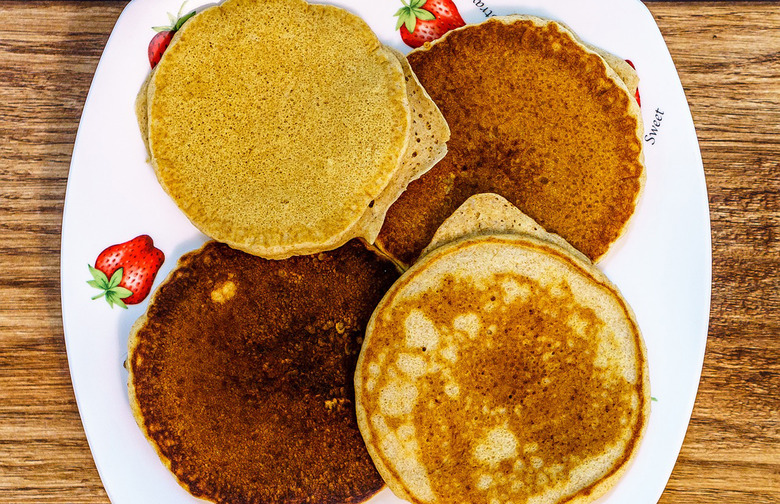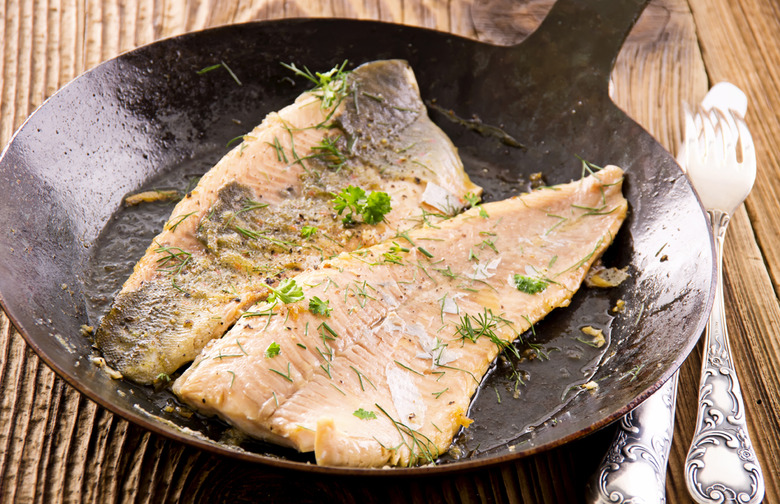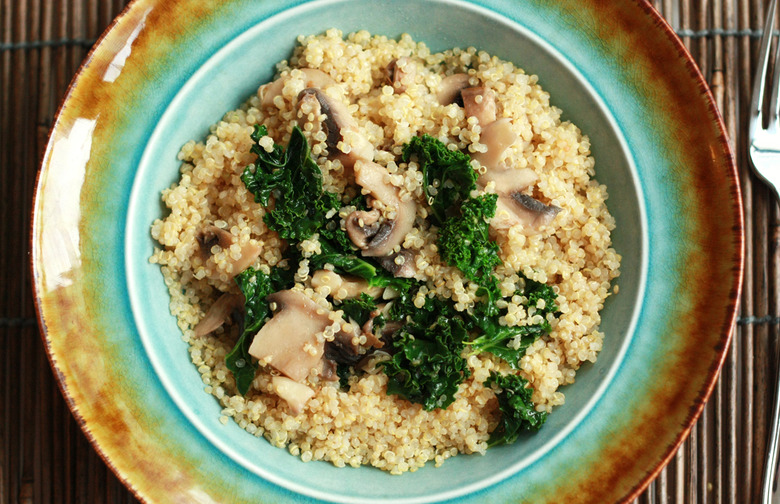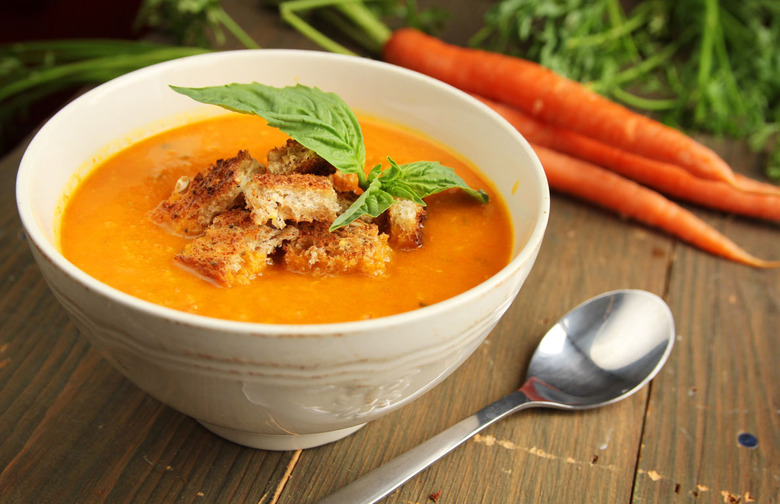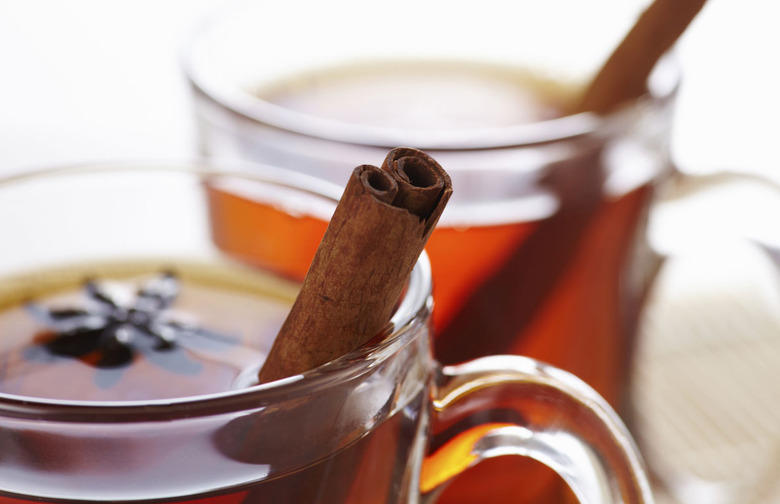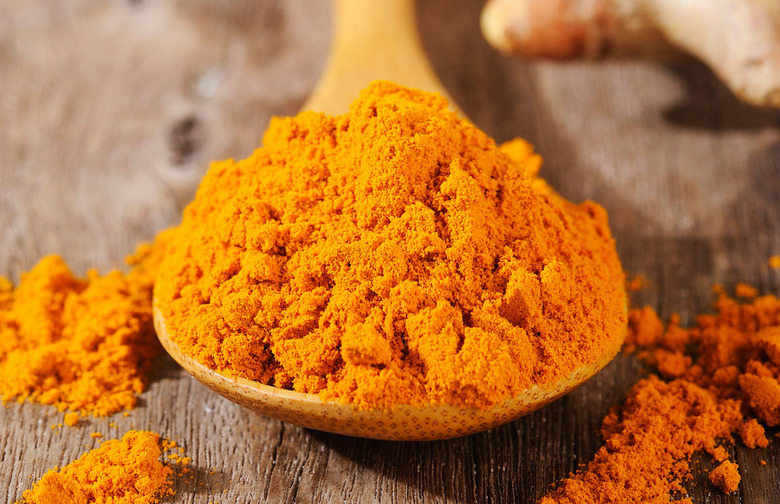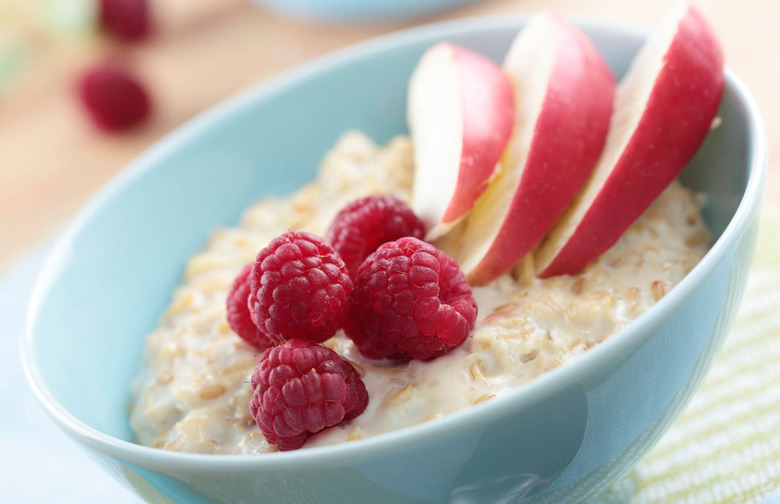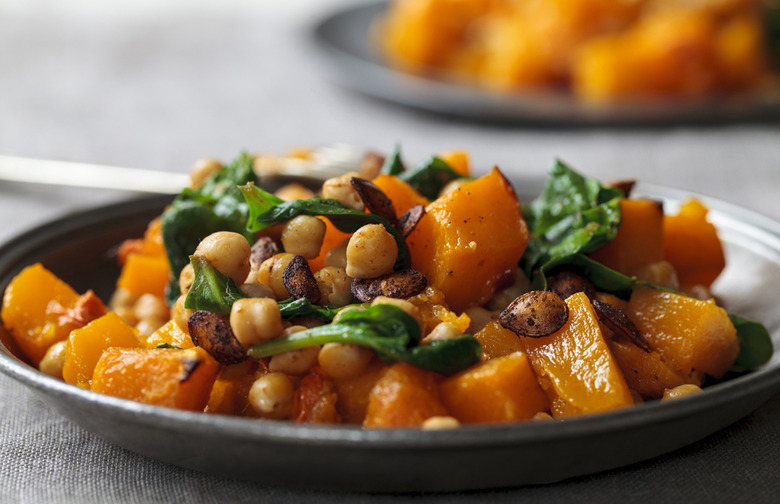Warming Foods For Winter Wellness
You start craving comfort food as soon as the weather drops for the same reason that bears load up on food before they hibernate. Your body wants to take in lots of fuel to power through the long winter. Bubbly,cheesy casseroles and steaming bowls of soup are everything your body wants after a tedious day of trekking in the cold, snow, and slush.
Warming Foods for Winter Wellness
A bowl of gooey mac and cheese doesn't hurt every once in a while, but there's more than one way to satisfy the warming sensation your body wants. If you're seriously craving carbs at every chance, this may be a sign of seasonal depression. Eat comfort food in moderation and make healthy swaps when you can. For example, use whole grain pasta and lean proteins (like turkey, chicken, or pork) and add in seasonal superfoodslike sweet potatoes and cranberries (which are normally on fall and winter menus anyway) to keep your body in balance.
Butter
Now you have an excuse to use a little extra butter this winter. Fats in general are naturally warming foods because fats require more energy to break down than proteins or carbohydrates. Spread a little extra butter on your toast or indulge in a buttery treat more often this winter.
Cherry
Bet you never imagined cherries were the secret to staying warm in the winter. Cherries promote blood flow and circulation, so have another slice of cherry pie before heading out into the cold.
Cinnamon
Cinnamon's spicy flavor is warming, and cinnamon also increases blow flow throughout the body. True cinnamon, also known as Ceylon cinnamon, has a sweeter and less potent smell and flavor compared to cassia (what's normally labelled as cinnamon in the grocery store).
Coconut Oil
Like butter, this fat requires extra energy to break down, and so it keeps you extra toasty. Coconut oil is a rare plant-based saturated fat, making it an ideal choice for anyone avoiding animal products.
Dates
Chinese medicine believes the Chinese Red Dates, in particular, are a healing food that promotes good digestion and improved blood flow.
Fermented Vegetables
Fermented vegetable products, like kimchi, are warming foods because of their acidic nature. The cabbage itself is considered a neutral food; however, when cabbage is combined with fiery chiles and vinegar, it becomes a delicious delicacy great for keeping you warm in the winter.
Garlic
Garlic is known to boost your immune system. Plus, it's one of our favorite secret weapons for adding flavor to dishes quickly.
Ginger
A spicy root, ginger has been traditionally used in Chinese medicine to treat the common cold. Fresh ginger warms the exterior of the body and dried ginger is said to warm the inside.
Grains
Whole grains provide a lot of fiber, but the work your body has to put in to break down that fiber is what keeps your body warm from the inside out.
Herbs (Dill, Rosemary, Parsley)
Herbs like rosemary can help to improve your blood flow and "tonify your blood," according to Chinese medicine, so help yourself to another serving of roasted vegetables with lots of herbs this winter.
Hot Peppers
Capsaicin is the compound that makes hot peppers so spicy, which, in turn, heats you up from the inside. If you've ever broken a sweat while chowing down on some spicy chili, you'll know what we mean. Jalapeño peppers are spicy to the average consumer, but on the low end of the Scoville scale at about 1,000 SHU, while the hottest pepper, the California Reaper, is about 2.2 million SHU.
Meat
Use lean meat (in moderation) in stews, slow-cookers, or casseroles to bulk up on protein for the winter and increase circulation in the body.
Miso
Made from fermented soy, miso is a vegetable-based protein that keeps the body functions up and provides plenty of energy to keep you warm in the winter.
Nutmeg
It's not the hot toddy that keeps you warm, it's the sprinkling of warming nutmeg. The spicy taste will bring a flush to your cheeks as a sign that your body temperature is rising.
Nuts
Healthy fats are a great way to keep your body's metabolism working this winter, and as a result you will stay a little bit warmer. Pair nut butters with fruit or whole grain toast for a healthy snack.
Oatmeal
There is so much more to oatmeal than porridge. Try adding oats to your breading for chicken or use it in pancakes for a warming, healthy, and delicious treat.
Oily Fish
The rich oils found in fish like salmon and tuna boost your immune system and are considered warming foods. Work more of these healthy, fatty fish into your diet this winter.
Seeds
Seeds like quinoa, caraway, and more promote improved circulation, and contain more fiber and protein making your body work a little harder to break them down.
Soup
Soup is one of the first things we reach for when the frosty weather sneaks up on us. Choose brothy chicken soups, which may actually help heal and prevent the common cold.
Spicy Tea
Tea does more than just warm up your insides (though that part doesn't hurt on a cold day!). But add in spicy flavors like cinnamon, ginger, allspice, and cloves, and you've got a multi-functional, not to mention delicious, tea.
Turmeric
Turmeric has warming properties and is used in traditional Ayurvedic medicine for many reasons, including increasing circulation throughout the body. Turmeric is a mild spice on its own, but makes an appearance in many curry blends.
Warm Breakfasts
Your mother was right. Eating a bowl of warm grains like oatmeal, quinoa, millet, or buckwheat will heat you up and keep you energized throughout the day.
Wine
This isn't an excuse to overdo it, but a glass of warming (not warmed-up) wine will help heat you up and increase circulation throughout the body.
Winter Squash
Lucky for you there are plenty of different squashes during the fall and winter months to keep you warm. Try adding squash to soups, vegetable roasts, or salads to keep your energy and body temperature up during the colder months.
